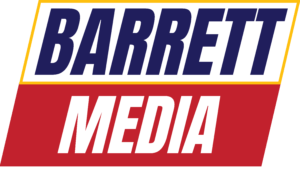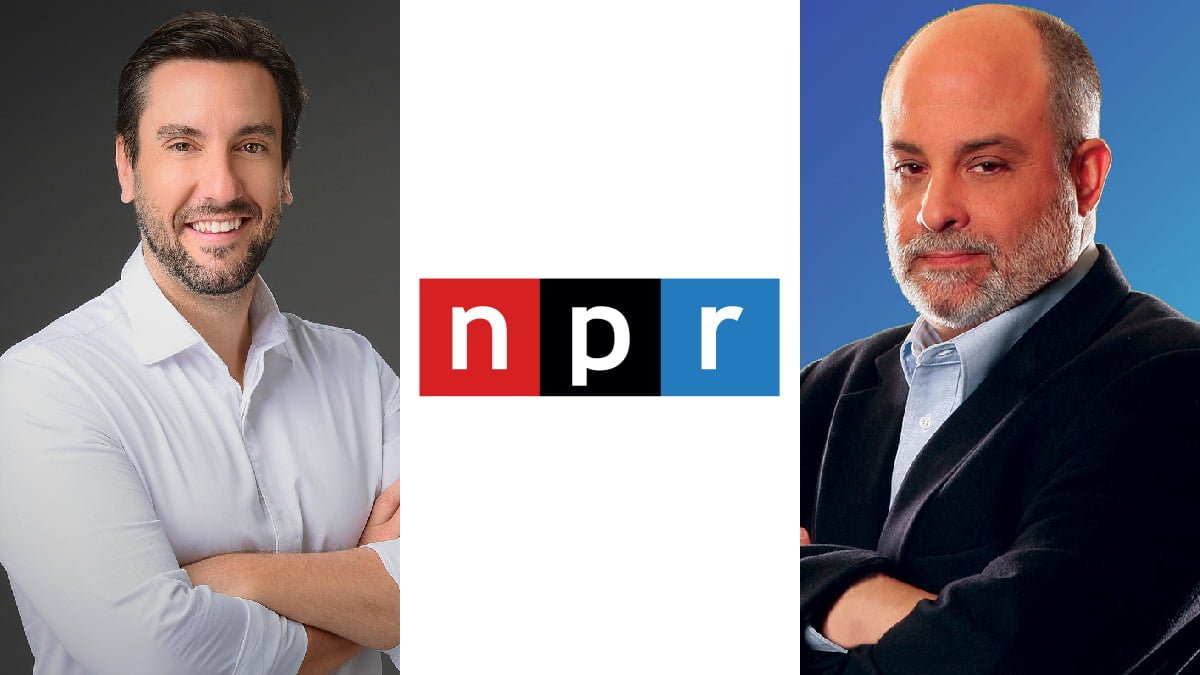Among all the positive summit topics at the inaugural BNM Summit in Nashville (and you should make plans to attend next year’s event), there was a small one that lent itself to misleading data. When Jason gave his introduction, he showed some Nielsen data about the news/talk format, including the likes of Clay Travis, Buck Sexton, and other conservative radio hosts.
Later, Pierre Bouvard gave a strong presentation for more political ad spending in radio that used Scarborough data and showed the political leanings of news/talk listeners. If I didn’t know better, I’d be amazed at how many Democrats listen to news/talk according to Scarborough.
There’s a small fly in that ointment, which is that Nielsen (and Scarborough) does not differentiate between the commercial news/talk format and the non-commercial or NPR version. Long ago, this didn’t matter because the talk component of most NPR affiliates consisted of Morning Edition and All Things Considered.
For Nielsen purposes, many classified their stations as “classical” or “variety”. No longer…with talk formats all day long, many NPR affiliates are now news/talk stations based on their self-reports to Nielsen.
Let’s look at it this way: If you work in news/talk and I asked you to give me a list of some major news/talk stations across the country, how many of you would include the following stations:
WNYC, New York
WAMU, Washington, DC
WGBH and WBUR, Boston
KQED, San Francisco
WBEZ, Chicago
KPCC, Los Angeles
WHYY, Philadelphia
KERA, Dallas-Fort Worth
Every station listed is registered with Nielsen as being in the news/talk format. Each is non-commercial and let’s face it, none of them will be running The Clay Travis and Buck Sexton Show any time soon.
Given this situation, how do we get a true view of how commercial news/talk is doing? It’s not easy.
When I worked at Cumulus, I used to do a set of format snapshots twice a year based on Nielsen’s National/Regional database (NRD). I wanted a legitimate commercial news/talk analysis, so this format always took the most time to analyze.
Thankfully, NRD lets you sort by frequency, so I could eliminate all the stations in the non-commercial band. Then, I’d delete the public news/talk stations that are in the commercial band one by one (a handful).
Finally, I would take out the public AM stations (there are perhaps 40 or so still operating), again, one by one. At that point, what was left was the commercial news/talk format. And yes, the Canadian news/talk stations and the Spanish news/talk stations were also removed from the analysis.
Even during my time at Arbitron, I requested that we add another format option so that subscribers could easily separate the commercial news/talk stations from the public ones. My question at the time was “How much audience does Rush Limbaugh share with All Things Considered?” The same question persists today with how similar the listener demographic is between Clay Travis, Mark Levin, and NPR listeners.
I brought the issue up again while a member of the NAB’s COLRAM committee. When you consider the number of different format choices available in Nielsen Audio (more than 50), how hard would it be to add one more? Call it “Public News/Talk”, “Noncommercial News/Talk”, or whatever.
No other format has this issue at this level of magnitude. For example, a number of college radio stations list themselves as “alternative”. Again, it’s pretty easy to eliminate them from an analysis of the alternative music format, and even if you didn’t, the amount of additional audience would be small and the music would be similar.
When some of the NPR affiliates are number one in their markets on a consistent basis (Washington, Portland, Raleigh-Durham, etc.) and many are in the top five, this skews any sort of analysis of the format, including analyses that Nielsen releases. Let’s get it fixed. Let’s stop labelling a conservative news talk audience relying on Clay Travis, Dan Bongino, or whichever host you’d like, with public news/talk from NPR.
There are many things Nielsen Audio could do to improve the product and most will take time and investment. This fix is an easy one. Nielsen Audio, just get it done.
Let’s meet again next week.










